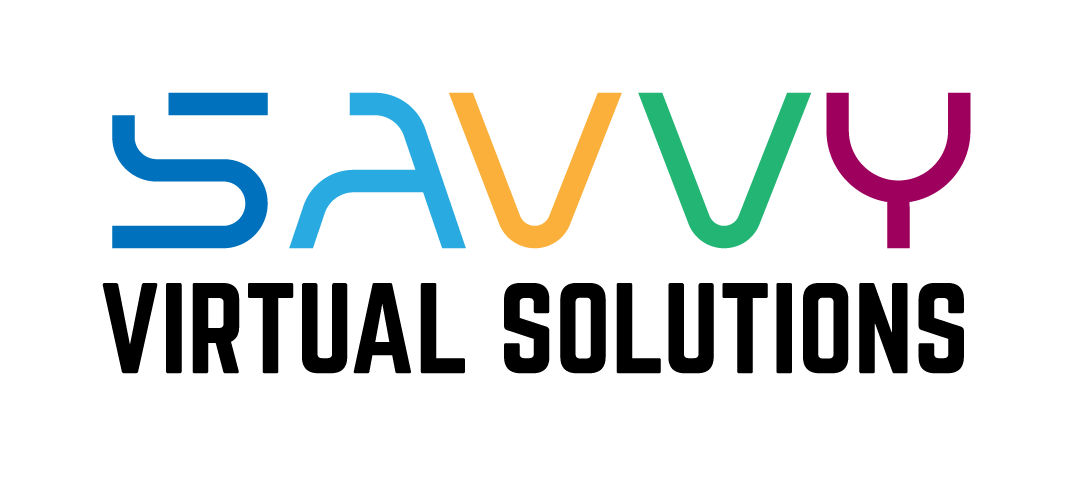In today’s fast-paced world, nonprofits must adopt innovative technologies to maximize impact while optimizing resources. Artificial Intelligence (AI) offers transformative solutions that help nonprofits become more efficient, saving time and costs while enabling them to focus on their core mission. In this guide, we will explore how nonprofits can implement AI to streamline operations, improve donor engagement, and amplify impact.
In today’s fast-paced world, nonprofits must adopt innovative technologies to maximize impact while optimizing resources. Artificial Intelligence (AI) offers transformative solutions that help nonprofits become more efficient, saving time and costs while enabling them to focus on their core mission. In this guide, we will explore how nonprofits can implement AI to streamline operations, improve donor engagement, and amplify impact.
Identify the Key Areas for AI Integration
The first step to improving efficiency with AI is identifying where it can have the greatest impact. Nonprofits typically benefit from AI in several areas:
- Donor Management: Automating donor outreach and relationship management can help deepen connections without adding to administrative workloads.
- Data Analytics: AI can analyze large datasets to identify trends, donor behavior, and program impact, enabling data-driven decision-making.
- Fundraising: Predictive analytics can forecast donor giving patterns, improving campaign targeting.
- Administrative Tasks: Automating repetitive tasks such as data entry, scheduling, and reporting can free up valuable staff time.
- Program Delivery: AI can enhance service delivery by predicting community needs, personalizing programs, and monitoring outcomes.
Select the Right AI Tools
Once you’ve identified areas for improvement, the next step is to choose AI tools that align with your nonprofit’s needs and goals. Some examples include:
- Customer Relationship Management (CRM) Systems: AI-powered CRM platforms like Salesforce Nonprofit Cloud and Bloomerang automate donor tracking and engagement.
- Predictive Analytics Platforms: Tools like DonorSearch and Windfall use AI to analyze donor data and forecast future contributions.
- Chatbots and Virtual Assistants: AI-driven chatbots can provide instant support to donors and beneficiaries, enhancing engagement while reducing staff workload.
- AI for Grant Writing: Tools like GrantAdvance and Instrumentl can analyze grant databases and automate parts of the grant application process.
Automate Repetitive Tasks
Many nonprofits spend a significant portion of their time on routine administrative tasks. AI can automate many of these tasks, such as:
- Donor Communication: Automating email marketing with tools like Mailchimp or HubSpot, powered by AI, helps nonprofits send personalized messages based on donor behavior.
- Data Entry: AI can automatically capture and input data into CRM systems, reducing errors and freeing up staff time for more mission-critical work.
- Scheduling: AI-powered tools like Clara or x.ai automate meeting scheduling, ensuring efficiency in coordination without human intervention.
Personalize Donor Engagement
Donors today expect personalized experiences. AI can help nonprofits meet these expectations by analyzing donor data and creating individualized communication strategies:
- Donor Segmentation: AI can group donors based on their giving history, interests, and engagement patterns, enabling more targeted outreach.
- Tailored Campaigns: Based on AI analysis, nonprofits can create personalized email campaigns that speak directly to a donor’s specific interests, increasing the likelihood of donation.
- Chatbots for Engagement: Implementing AI chatbots can provide instant, personalized responses to donor inquiries, improving the donor experience and fostering long-term relationships.
Conclusion: Embracing AI for a Brighter Future
AI offers powerful solutions for nonprofits looking to improve efficiency and maximize their impact. By following this step-by-step guide—identifying areas for AI integration, selecting the right tools, automating tasks, personalizing donor engagement, and ensuring ethical use—nonprofits can leverage AI to drive meaningful change. As AI continues to evolve, it will become an indispensable ally in advancing nonprofit missions and creating a more equitable world.

